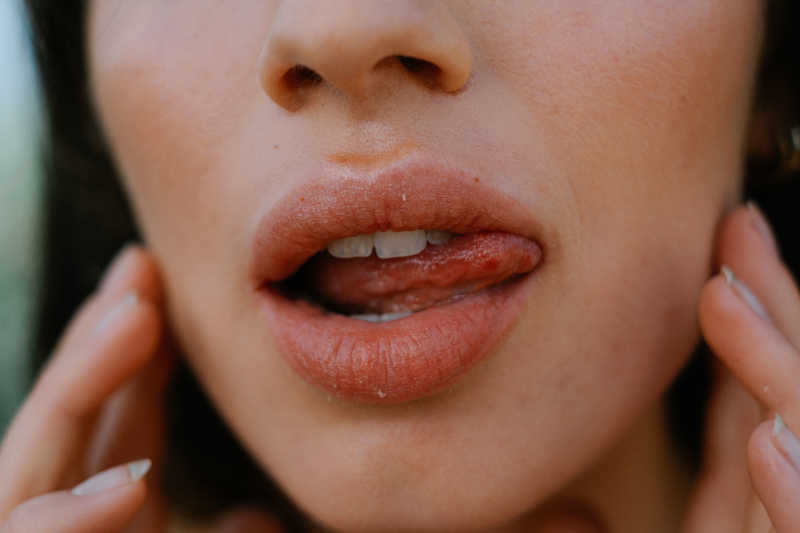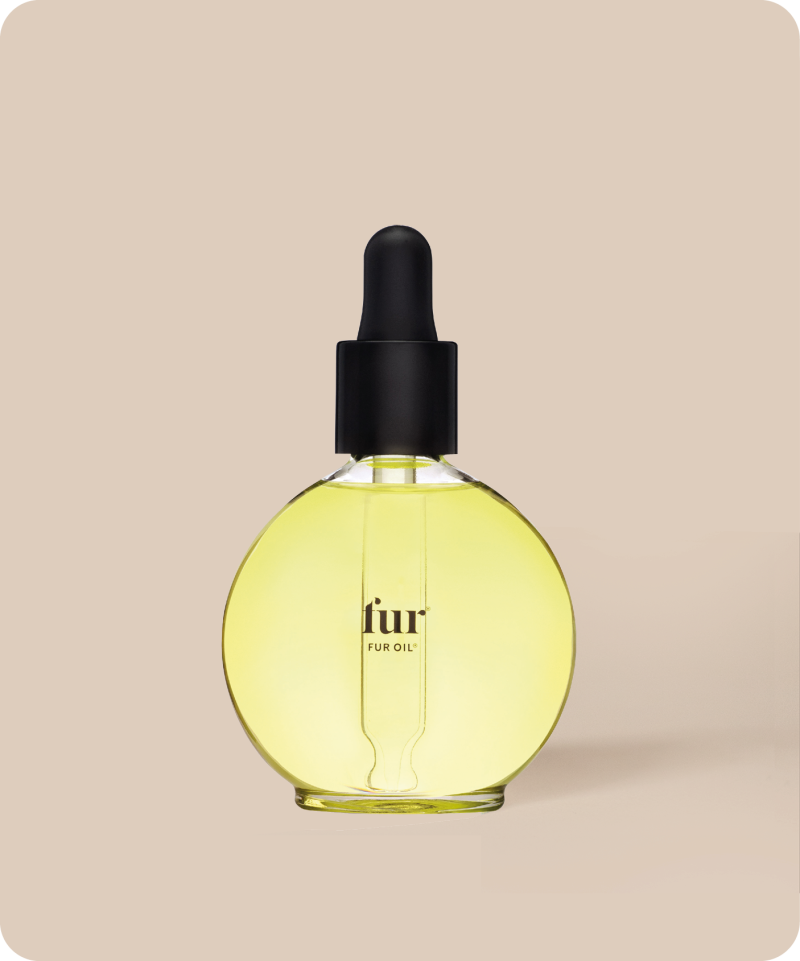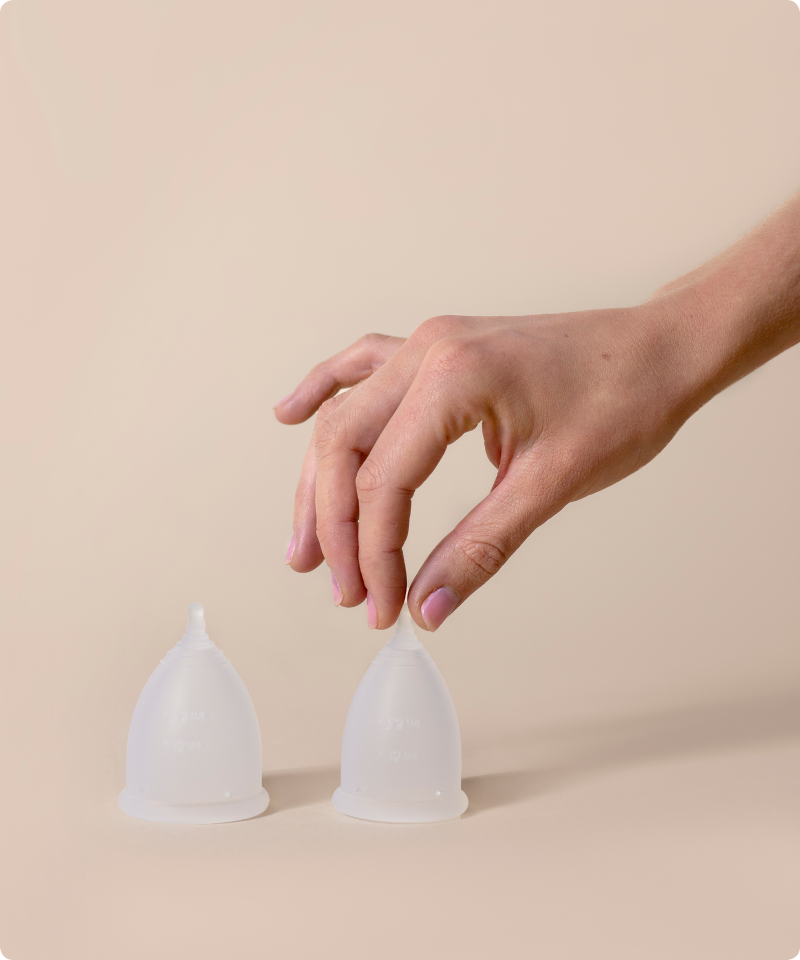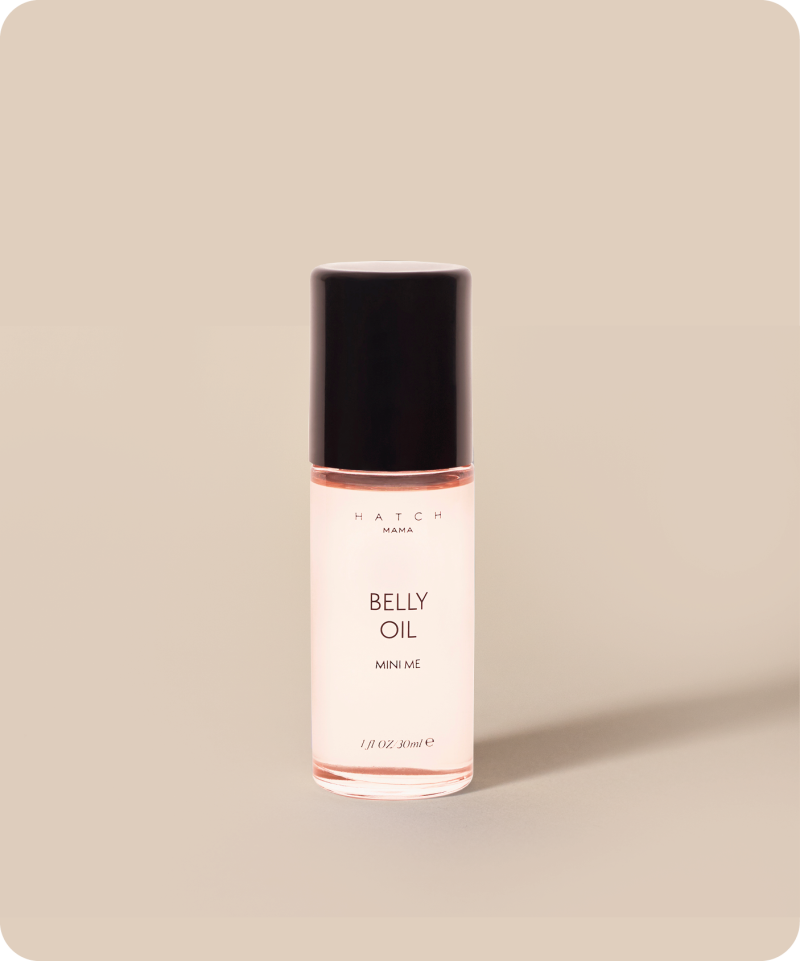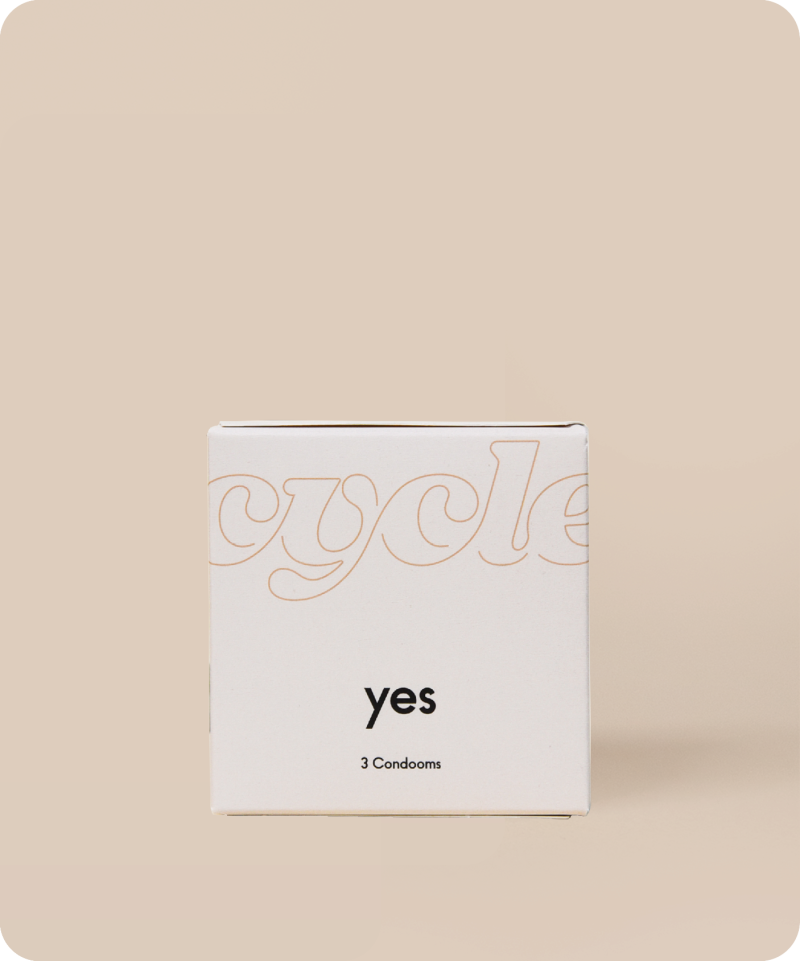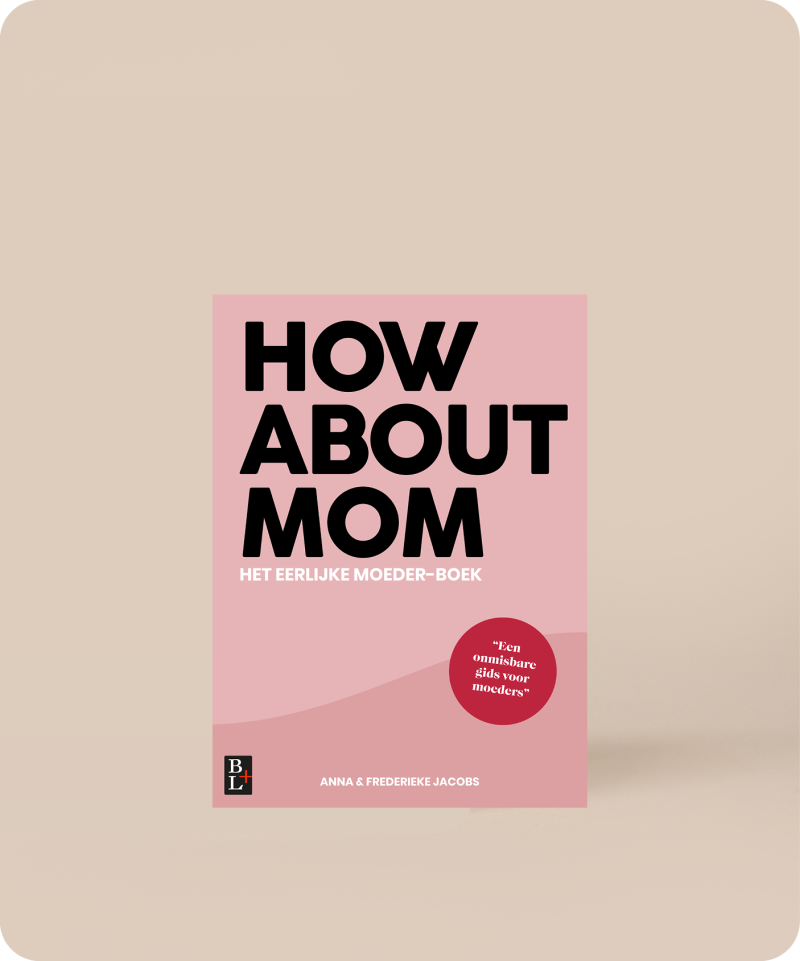Everything you need to know about the kyleena IUD
What is a kyleena IUD?
It’s a small T-shaped plastic device. It has two very thin brown strings attached to the bottom of the device that hang down from your uterus and stick out of your cervix. The Kyleena’s size is a little smaller than the Mirena, namely 28 x 30 x 3.8 mm. A Kyleena IUD contains 0.009 mg of levonorgestrel (per 24 hours) and contains slightly less hormones than a Mirena, but the difference is minimal.
How reliable is a kyleena IUD?
Research shows that a Kyleena IUD is very reliable, about 98.6 percent. The most important pro is that you don’t have to think about birth control for the next couple of years. An IUD with hormones protects you against pregnancy for 6 years.
How does a kyleena IUD work?
The IUD is inserted into your uterus by a GP, obstetrician, or gynecologist. It releases small amounts of progesterone into your uterus that prevents pregnancy by thickening the mucus in your cervix (making it harder for sperm to reach the uterus), and making the endometrium unsuitable for embryo nesting. Sometimes, the Kyleena IUD can also stop ovulation from happening.
Usually, you make a new appointment with your GP or doctor a couple of months after the insertion to see if the hormonal IUD was the right choice for you.
The IUD should immediately work after insertion, provided the insertion is done within 7 days of the start of your period and it is in the right place in the uterus.
Everything you need to know about getting an IUD
Read moreDoes the kyleena IUD have any side effects?
Sadly, there is no one size fits all and everyone reacts differently to a hormonal IUD. But there are a couple of side effects which are more common for the Kyleena IUD. Let’s list a couple. Be aware that more side effects are possible so be well advised by your doctor.
Headaches, migraine, nausea, and sore or painful breasts
Inflammation or infection of the outer part of your vagina (vulvovaginitis)
Vaginal yeast infection
Mood swings and feeling depressed
Acne or oily skin
Possibility of breakthrough bleedings (spotting). These are more prevalent for the Kyleena IUD than for the Mirena IUD.
A Kyleena IUD can also actually cause hormonal acne to diminish or it can reduce symptoms of painful and/or heavy periods.
Do you gain weight from a kyleena IUD?
The hormone progesterone does increase your appetite. Hormonal IUDs, like the Kyleena and the Mirena IUD, contain this hormone and can cause a little more weight gain than contraceptives like the pill. Still, recent studies show that there is a lack of evidence for this assumption and that the weight gain - if there is any at all - is limited to under 2 kilograms.
How much does the kyleena IUD cost?
A Kyleena IUD costs about €150,-. Whether and how much it is reimbursed by your health insurance company depends on a number of things.
A short overview*
Are you 17 years old or younger? Then the insertion of the IUD is covered.
Are you 18, 19, or 20 years old? Then you will be reimbursed for the IUD and insertion from your basic insurance, but you will pay a deductible.
Are you 21 years or older? Then you will not be reimbursed for the IUD, and for insertion by a specialist, you will pay your deductible.
*Sources: Zorgkiezer.nl





